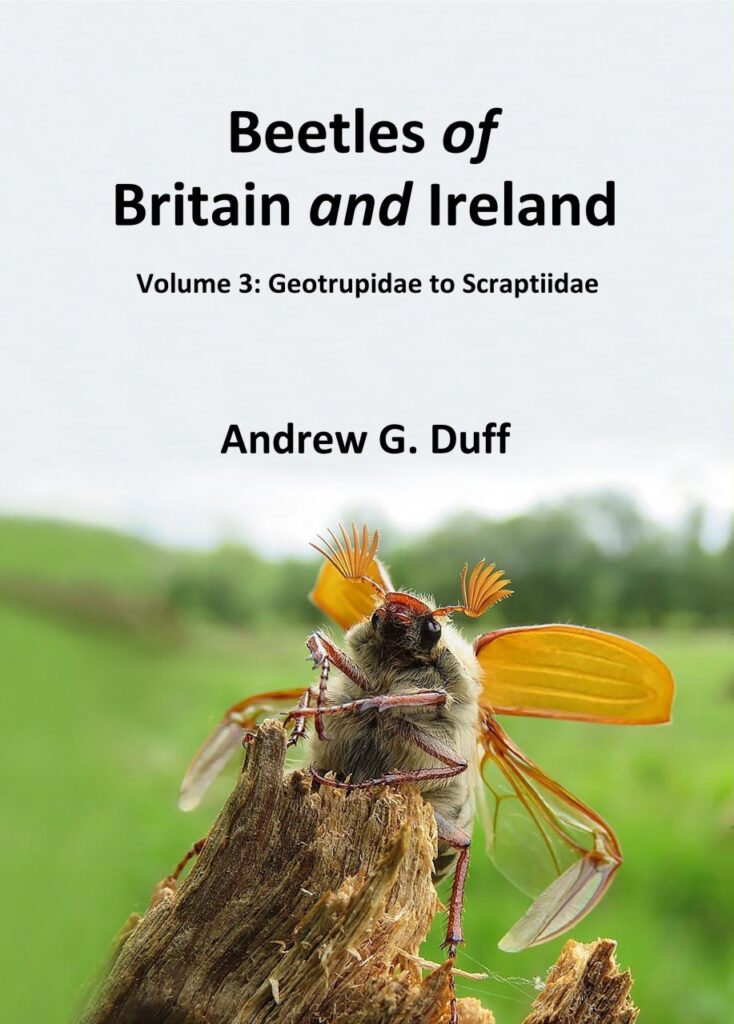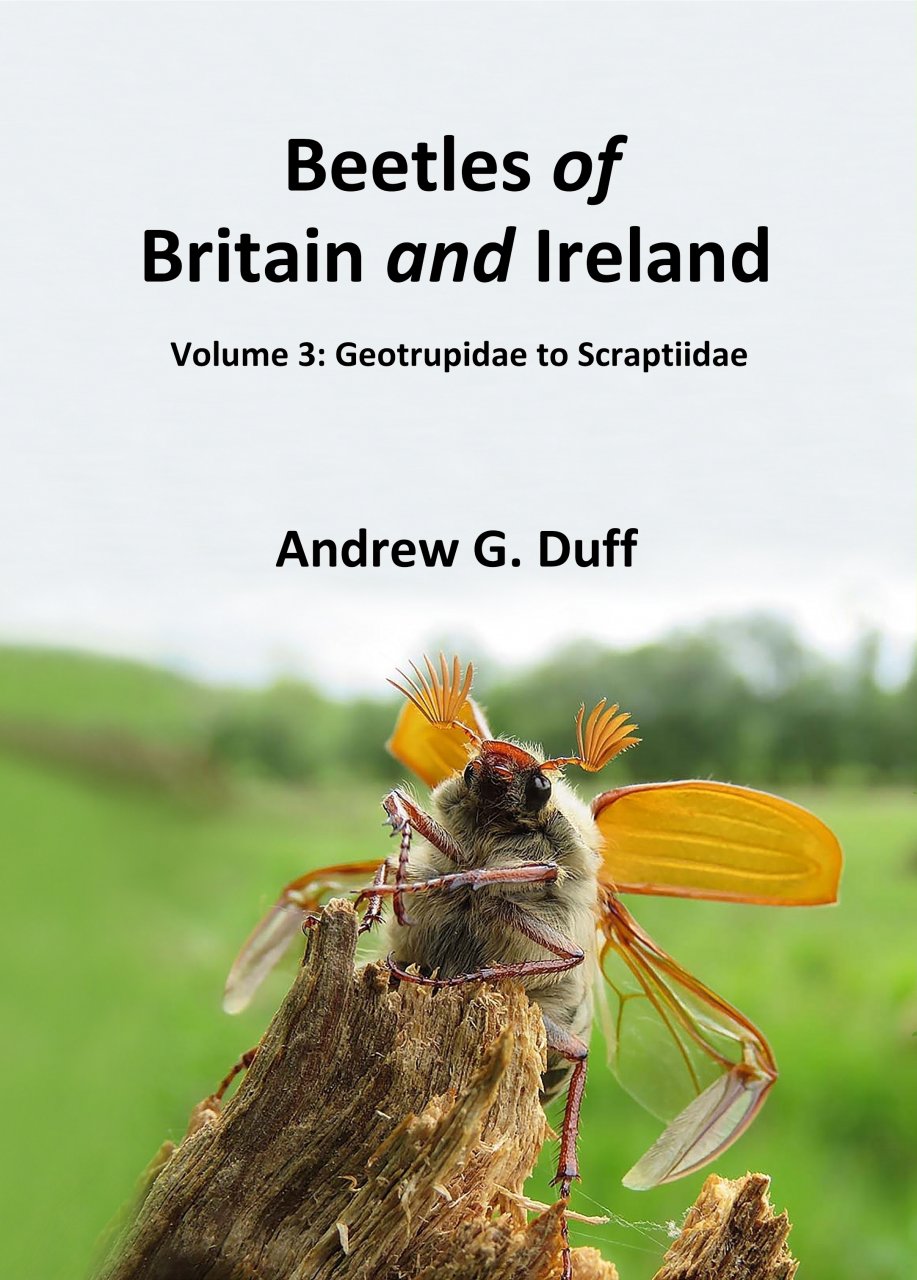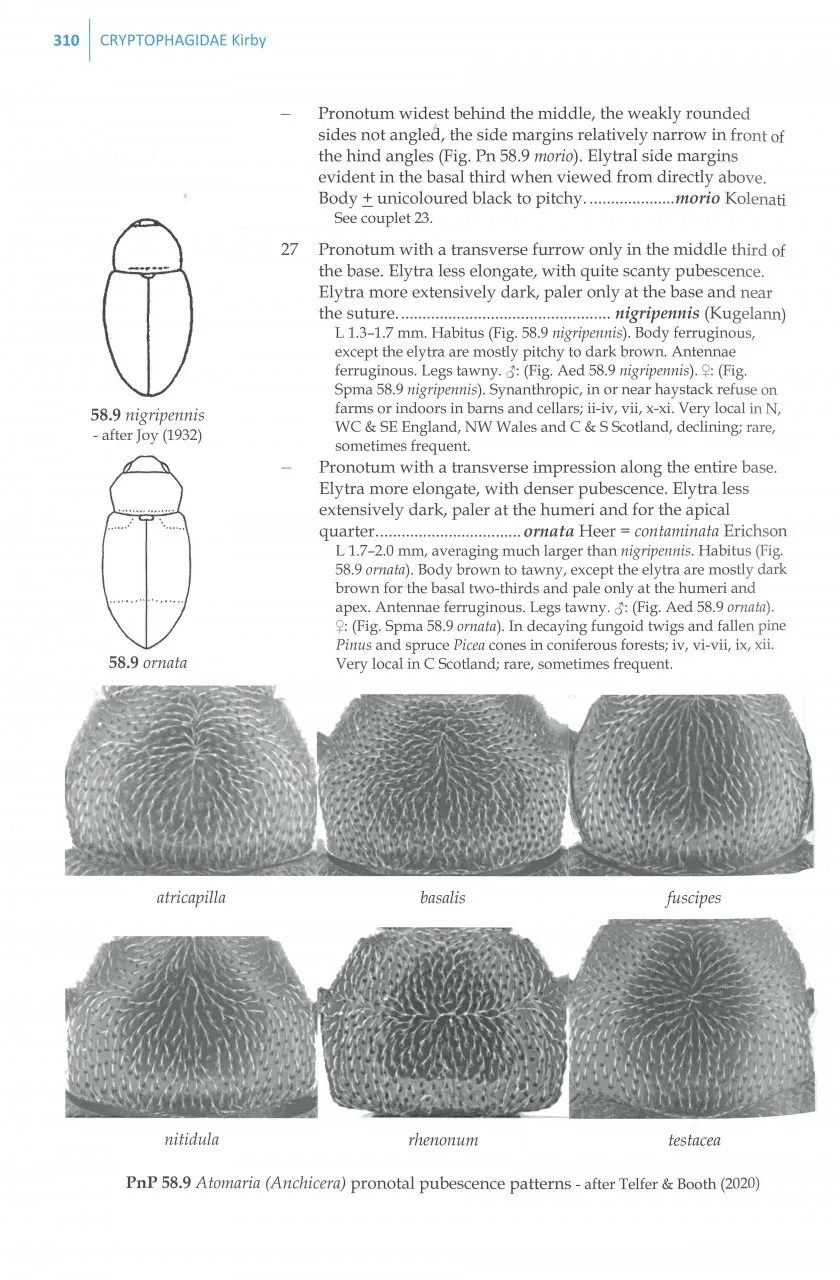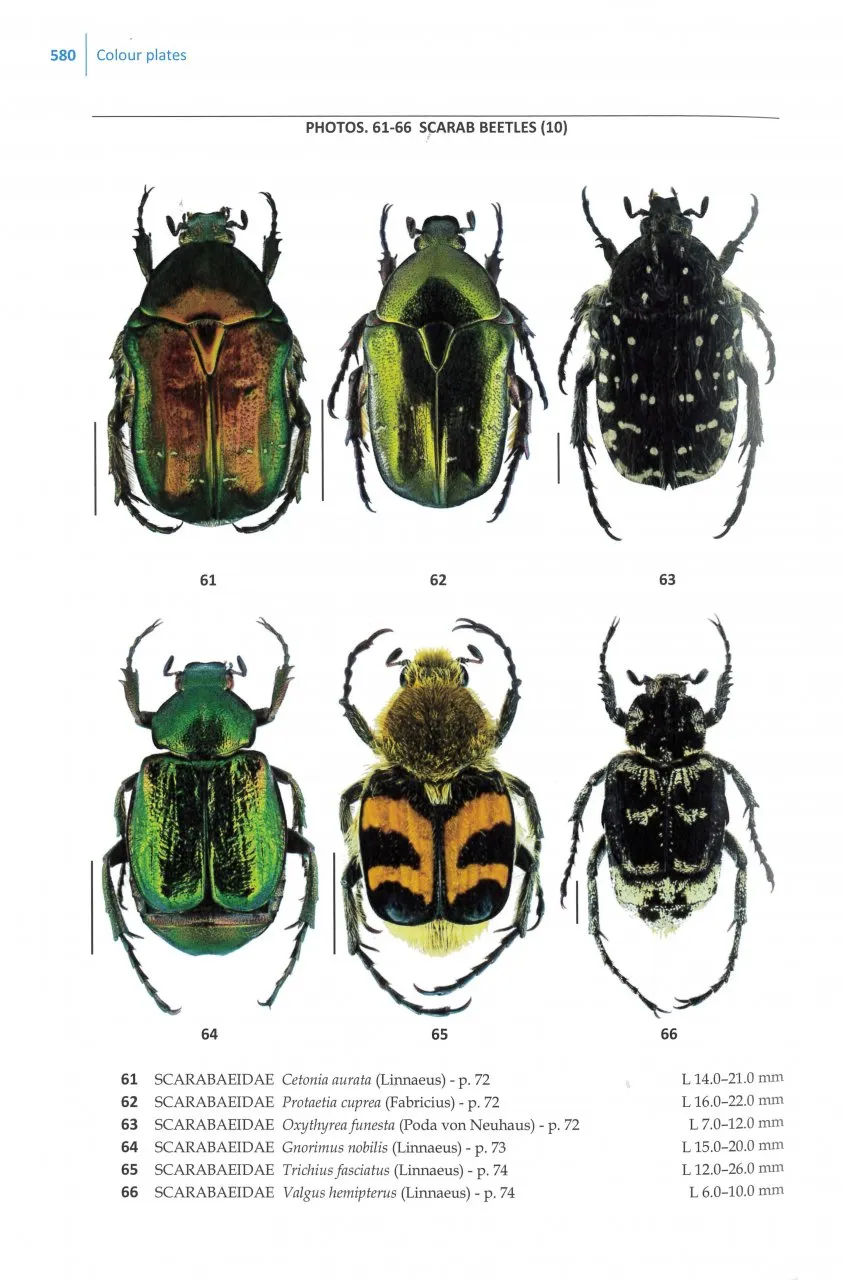This is the third in a four-volume work which will, when complete, provide a modern identification resource for all British beetles. While this review specifically covers Volume 3, most of the comments would apply also to the other two that are already published. A total of 69 families is covered in this volume, including some with relatively large and sometimes colourful species, such as Cantharidae (soldier beetles), Elateridae (click beetles), Scarabaeoidea (dung beetles, stag beetles and chafers), Coccinellidae (ladybirds), Cleridae and Melyridae. At the other extreme are families comprised predominantly of small to minute, generally dull-coloured species that are notoriously difficult to identify, such as the Cryptophagidae, Corylophidae and Latridiidae. For these latter families in particular, this is the first time that up-to-date accounts of all British species have been available in a single volume. Previously we have had to rely on a plethora of books and papers, which were sometimes difficult to obtain and often not in English; all these can now be relegated to the back of the filing cabinet.
This book is very well produced, with a substantial hardback and additional dust cover, which should prove very robust. It may seem a minor point to some, but to me an outstanding advantage of these books is that one can open them at a particular page, lay them on the desk and they will stay open. In contrast, for softbacks I find I have to keep my hand on the book to stop it snapping shut; an impossible task when focusing a microscope with one hand and manipulating a specimen with the other. The author always said that it was his intention to produce good-quality hardbacks and this was definitely the correct decision, even if it does mean that the price is slightly higher; these books are an investment for life.
View this book on the NHBS website
The layout and contents of the book are exactly as would be expected. For each family there are keys, sometimes directly to genus, in other cases to subfamily or tribe as required. Within each genus, keys may go first to subgenus or straight to species, a standard system in modern works. Some keys are very similar to existing ones, while others use different characters or combinations; if one already has a workable key to a particular group, an alternative is always valuable. For each species there is also a brief description, plus information on habitat, abundance and distribution. An extremely useful feature is the many line-drawings, particularly the ones of genitalia, which are all-important for the critical identification of many species. It should be noted that few of these illustrations are originals, the vast majority being described as ‘after’ another author, which essentially means ‘copied from’. This is eminently sensible: to reinvent the wheel by attempting to create original drawings from actual specimens for so many species would be totally impractical within a sensible time frame. These drawings and the descriptions enable one to be far more confident of having made a correct identification, whereas with Joy’s ‘Practical Handbook’, on which we depended for many years, it was possible to ‘key out’ a specimen without having any way to check whether the resulting determination was correct except by comparing it with an authenticated voucher specimen. With this new work, beginners should feel much more confident that they have not made an error.
The reference section is extensive and comprehensive. The book concludes with a very complete index, which usefully includes synonyms. Before the index is a series of colour plates with photographs of set specimens, generally one example per genus, which in this case means 473 beetles are shown. There has been some criticism of the standard of the photographs in these volumes. Although they are not always perfect, I think that this is not really justified and they achieve their aim, which is to illustrate the general appearance of each genus. Having gained considerable experience of photographing mounted beetles, I know that it is far from easy, particularly with some of the very small species included here.
For those accustomed to mass-produced field guides with print runs of thousands, the price might seem high at £109, bringing the total for the set of three volumes so far published to £296. To those of us used to typical prices of specialist literature, however, this is an absolute bargain. Anyone interested in identifying and studying beetles simply cannot afford to be without them and any quibbles can only be minor. Andrew cannot be too highly commended for his diligence and hard work to make so much information available to all.



